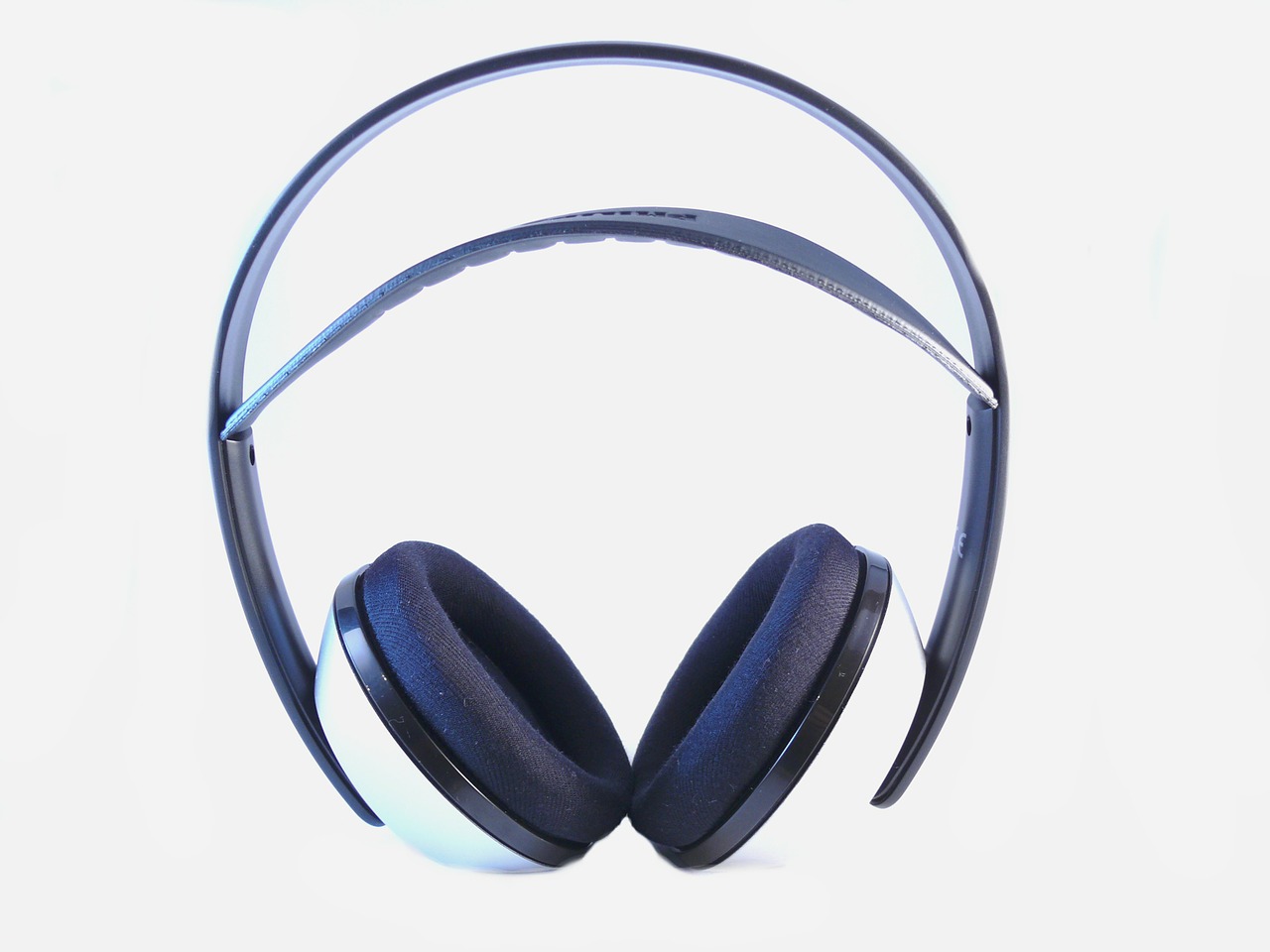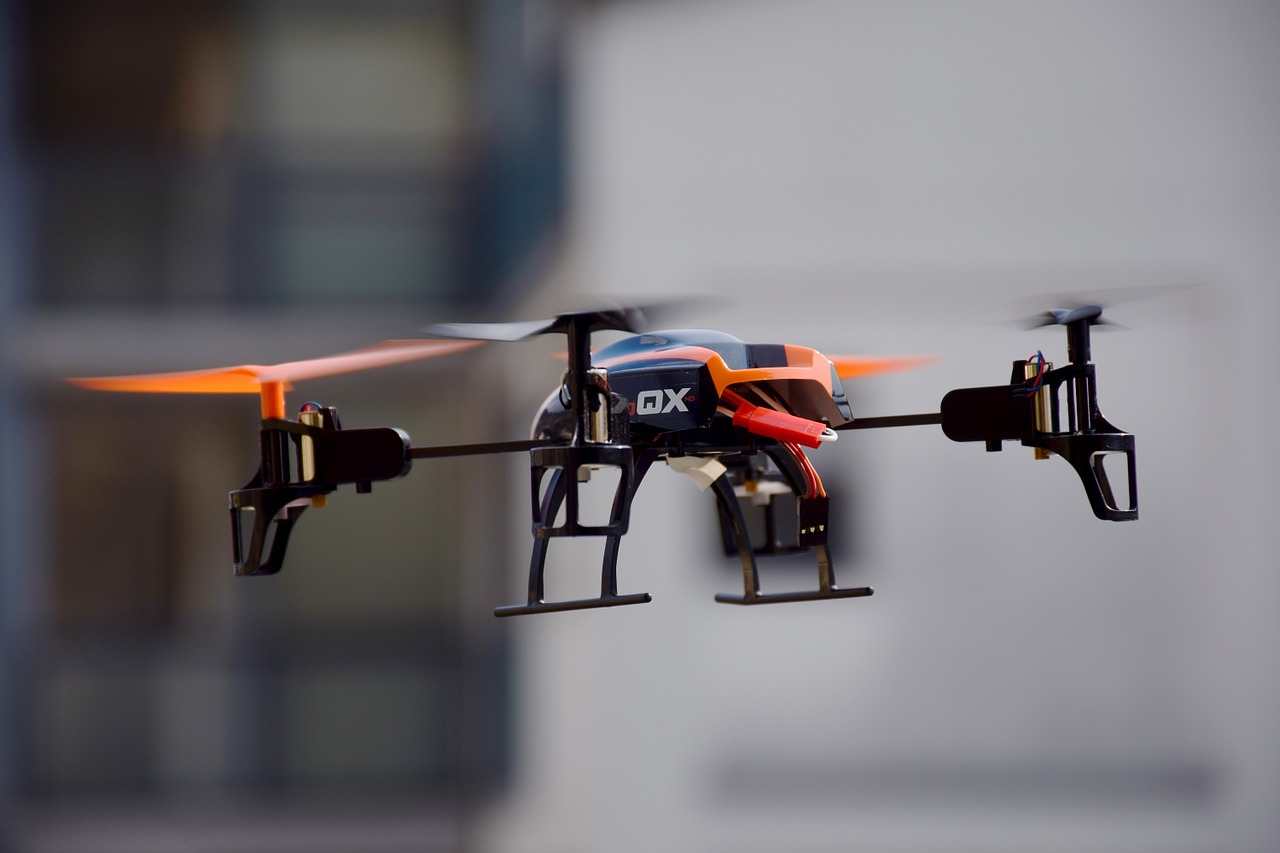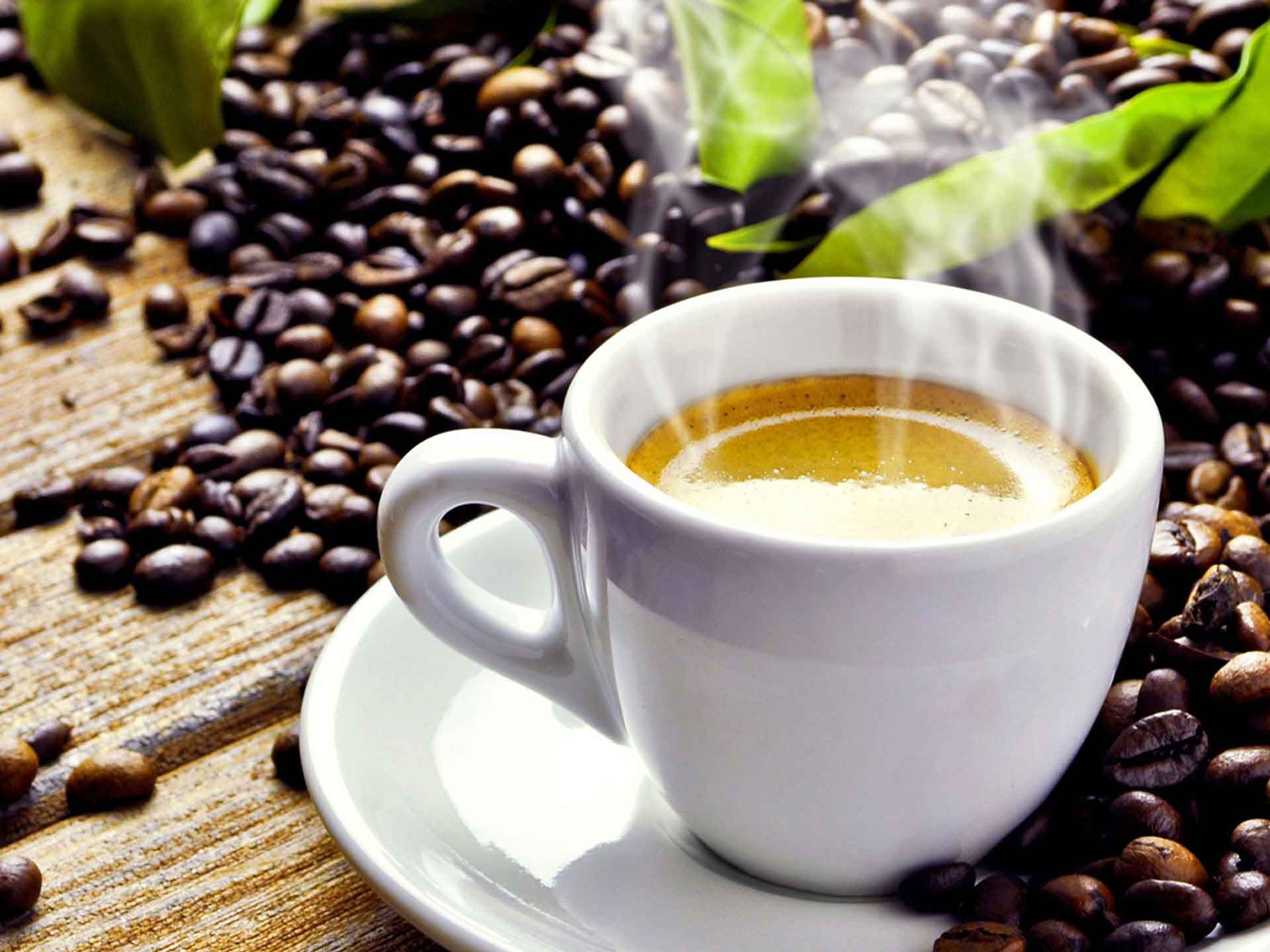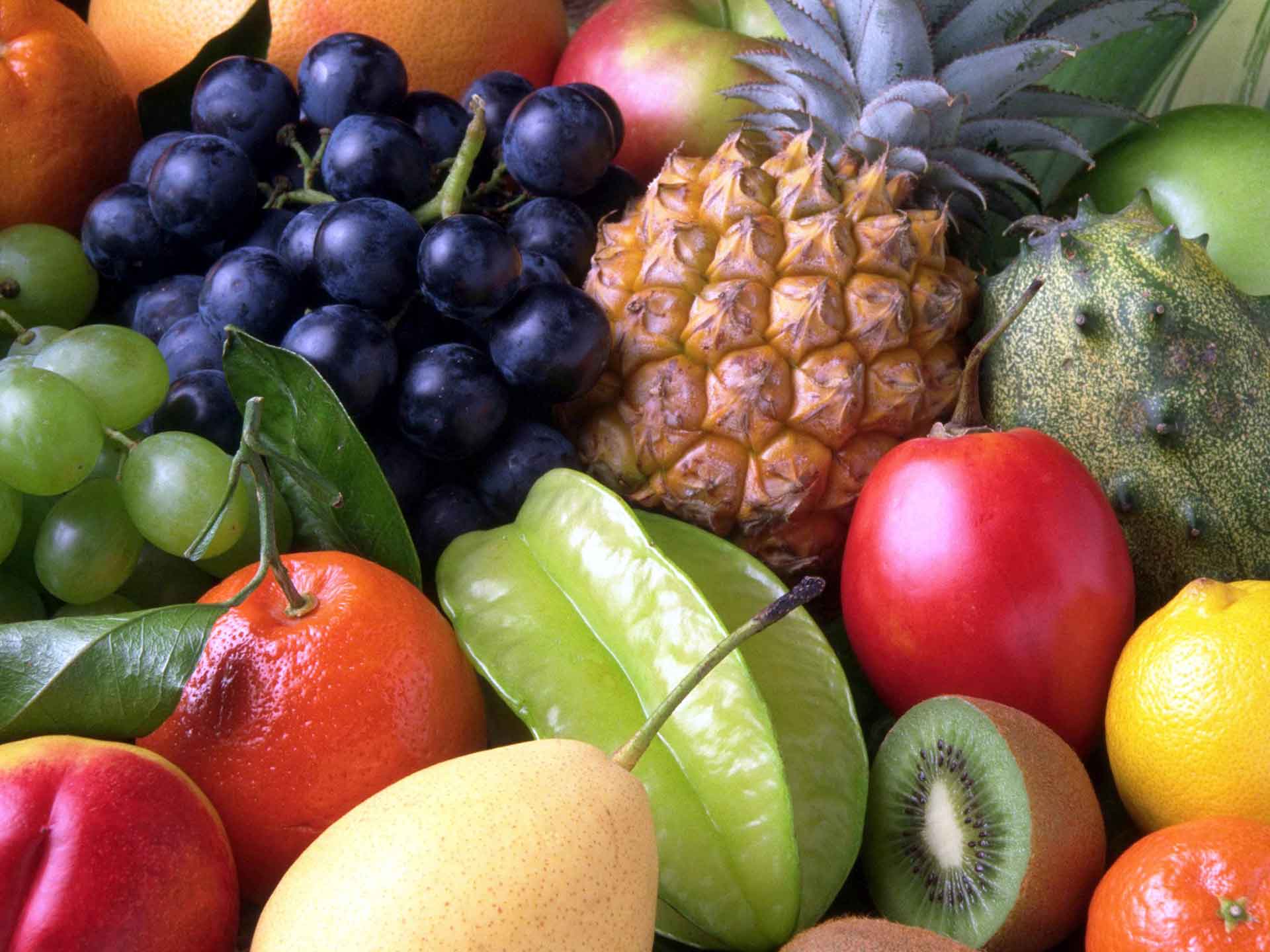The Doctrine of Interposition: Authority and Responsibility by Nathan Lehman
Interpose – to be or come between, to mediate; intervene Webster’s New Collegiate Dictionary “Let every soul be subject…
Wireless Headphones are now on Market
Nam sed mi fermentum, laoreet erat sed, volutpat ante. Phasellus eget placerat urna. In ullamcorper sem id tellus…
Drones being used to monitor WordCup
Donec sagittis risus ligula, in pellentesque erat consequat non. Curabitur in pellentesque urna. Sed non tincidunt justo. Maecenas…
The 7 Biggest ATS Software Systems Errors You Can Easily Avoid
Eight months ago my friend, Emily, started to blog. Blogging didn’t come naturally to her at first but…
Mosquito-borne diseases has threaten World
Donec a suscipit erat, ac venenatis velit. Sed vitae tortor pellentesque, dictum quam ut, porttitor ligula. Aliquam sit…
Solar eclipse: Eye health warning
In lobortis malesuada neque, a maximus leo interdum nec. Mauris sodales tempus sem non accumsan. Sed congue turpis…
Get more nutrition in every bite
Fusce non nunc mi. Integer placerat nulla id quam varius dapibus. Nulla sit amet tellus et purus lobortis…
Unlocking Creativity: Transforming Your Garden Studio into a Creative Haven
In the hustle and bustle of daily life, finding a dedicated space for creative expression can be a…
Women’s Relay Competition
The young team of Franziska Hildebrand, Franziska Preuss, Vanessa Hinz and Dahlmeier clocked 1 hour, 11 minutes, 54.6 seconds to beat France
The Ultimate Guide to Organizing Successful Events with Buonavista Event Planning
Organizing an event can be an overwhelming task if you don’t have the right resources, experience, or time.…
















